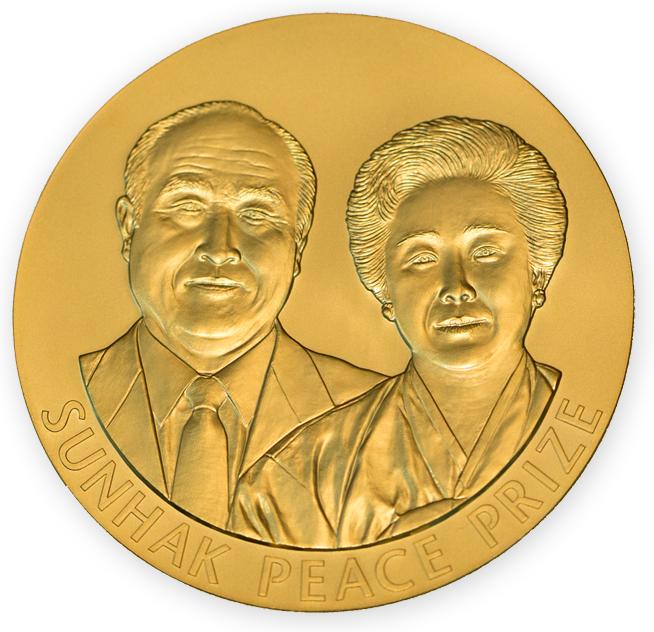What is Digital Refugees?
―People Cut Off from the Internet―The term “digital refugees” refers to those whose access to the internet has been shut down due to war, censorship, or disaster.In this article, we will shed light on the harsh reality of digital refugees—people whose very existence is erased under cyber repression—and explore ways we can stand in solidarity with them.―
Trapped in a Silent World: The Birth of a New Kind of Refugee
―“What if the internet were completely shut down for just one day?”For those of us living in 2025, this question is more than a matter of inconvenience —it is an existential threat.The spaces where we share our daily lives, the channels through which we access information and express our voices, and the networks that sustain our emotional bonds with friends —all of these rest upon the digital web that connects us.Today, “to be connected is to exist.”This is no longer a metaphor, but a fact of modern life.We speak through data; we live on platforms.But what if that connection were severed overnight?It would feel as if our very existence had been logged out.Once disconnected, even our records vanish.The world cannot see those who have been logged out.Digital refugees are those who have been exiled from the digital world.Because of government censorship, war, natural disasters, or economic exclusion,they lose access to information, lose their voices, and ultimately — lose their presence.―Who Are Digital Refugees?―Traditionally, the term refugee referred to those who lost their homes due to war, persecution, or climate disasters.But today, being disconnected from the internet can mean losing one’s foundation for life itself.Especially after the COVID-19 pandemic, the internet has become a vital infrastructure for survival — enabling education, healthcare, humanitarian aid, and human rights monitoring.Thus, being unable to connect means: ▷ You cannot attend classes. ▷ You cannot find a job. ▷ You cannot call for emergency help. ▷ You cannot even tell the world about your suffering.“Internet access is no longer a luxury —it is a matter of survival.”— UN Human Rights Council Special Rapporteur Report (2021)● The Dual Structure of the Digital WorldThe digital age has drawn a new border — one that separates those who are connected from those who are excluded.• On one side: Connected citizens who can communicate, learn, receive medical care, access finance, and participate in politics in real time.• On the other: Exiled citizens who cannot connect — unable to study, seek help, or express themselves.“Digital refugees cry out in silence,their rights stripped away,their voices unheard.”— Irina Gobaewa, UN Human Rights Officer● Three Types of Digital RefugeesThe term “digital refugees” has yet to be formally defined in law.However, it is increasingly being discussed in human rights frameworks by the UN, international NGOs, and digital rights organizations.Generally, digital refugees fall into three main categories:1. Those under political shutdowns• Internet blackouts imposed for political reasons — to suppress protests, opposition, or elections.2. Those in war zones or disaster-affected areas• People in regions like Ukraine, Syria, and Gaza, where communication networks have collapsed due to conflict or catastrophe.3. Those cut off by economic or social inequality• Populations living where digital infrastructure is scarce or where digital literacy gaps are severe.“We no longer talk about the digital divide —we must now speak of digital deprivation,a new social class of exclusion.”— Thomas Ponter, Policy Director at Access Now - Peace Issue: Digital RefugeeSunhak Peace Prize YoutubeIf you’d like to learn more about digital inequality, check out the next articles!⇊What Is the Digital Divide?What Is AI Inequality?―
Global Internet Shutdowns: The Current Reality
―According to a report by Access Now, there were 283 internet shutdowns worldwide in 2023 alone —the highest number ever recorded.These shutdowns affected citizens in 39 countries,and over half of them were imposed to suppress protests.<< Total Shutdowns >>283 cases (2023) — the highest on record<< Countries Affected >> 39 (an increase from 2022)<< Top Shutdown Country >>India (116 cases) — for the 6th consecutive year<< Conflict-Affected Regions >>Iran, Ethiopia, Sri Lanka, Pakistan, Sudan<< Main Reasons >> Protest suppression (54%) /Political instability (33%) / Election control (13%)“Top 10 Countries with the Most Shutdowns in 2023” (Source: Access Now)―Scenes of Disconnection in the Real World―● Case 1: Iran – The 17-Year-Old Girl Who Vanished with the “Hijab Protests”In 2022, massive women’s rights protests swept across Iran.The Iranian government immediately shut down mobile internet and blocked access to major social media platforms, including WhatsApp and Instagram.According to a NetBlocks report, the government throttled national internet speeds to 2G levels for nearly two months, and even VPN users were tracked and punished.“Disconnection is not merely a technical condition.It is a weapon that erases voices and annihilates existence.”— Wired, “Iran’s Internet Shutdown Hides a Deadly Crackdown” (2022)If you’d like to learn more about Iran’s oppression of women’s rights, check out the next article!⇊The Reason for Death: She Didn’t Wear Her Hijab ProperlyOn September 21, 2022, a nationwide mobile data shutdown occurred through MCI, Iran’s largest telecommunications company.A sharp drop in data speed on September 21 clearly shows the impact of the shutdown. (Source: NetBlocks) ● Case 2: Myanmar – A Digital Prison After the CoupFollowing the 2021 military coup, Myanmar’s junta banned Facebook, Twitter, YouTube, and other major social media platforms within 48 hours.Soon after, a nationwide mobile internet shutdown was imposed, leaving some regions completely disconnected for over a year.According to Access Now, 37 of the world’s 283 shutdowns in 2023 occurred in Myanmar — the second-highest number in Asia at the time.● Case 3: Ukraine – Starlink, the Lifeline from SpaceWhen Russia invaded Ukraine in 2022, parts of the country lost all electricity and communication.That’s when SpaceX’s satellite internet service “Starlink” became a lifelineElon Musk personally donated hundreds of satellite terminals, allowing Ukrainian civilians and soldiers to stay connected with the outside world.“Starlink helped us restore both energy and communication infrastructure.”— Mykhailo Fedorov, Ukraine’s Minister of Digital Transformation (Twitter, October 12, 2022)In the midst of Russia’s attacks, when power and network systems had collapsed, the Starlink satellite internet reconnected Ukraine to the outside world.(Source: Reuters, 2022.10.12 ) However, by 2023, the situation grew more complicated.Starlink began restricting connections in certain regions, and political factors sometimes caused unstable access.This revealed a sobering truth: while satellite internet can save lives in emergencies, it remains vulnerable to geopolitical and diplomatic influence.―
How Is the International Community Responding?
―it is now recognized as a global human rights issue.In response, various international initiatives have begun to take shape.① The United Nations: “Connectivity Is a Human Right”The UN Human Rights Council officially declared in 2016 and 2021 that digital rights are universal human rights.Here are the key principles:▶ Internet access = a basic human right▶ Intentional shutdowns = violations of freedom of expression▶ State-imposed network blackouts = violations of international law“Human rights that apply offlinemust also be protected online.”— UN Human Rights Council Resolution (2016)② Access Now – The #KeepItOn CampaignThe nonprofit organization Access Now runs the global #KeepItOn campaign,monitoring internet shutdowns in over 100 countries in real time.<< Main Activities >>• Creating global shutdown maps• Collecting and documenting victims’ testimonies• Launching advocacy campaigns directed at governments• Filing international legal actions• Providing technical circumvention tools for citizens“When a country’s internet goes dark,we consider its human rights to have gone dark too.”— Access Now Report, 2023③ Technological AlternativesIn emergencies, technology can sometimes serve as a temporary lifeline to restore digital connectivity.Key examples include:• Starlink – satellite-based internet access• Psiphon – apps that bypass shutdown restrictions• Tor Browser – censorship-evading technology• Mesh Networks – direct device-to-device communication systemsHowever, while these technologies offer crucial emergency relief,they are not sustainable solutions for long-term human rights protection.④ Institutionalizing Digital RightsThe international community is now working toward formalizing digital rights through new global frameworks.Prominent examples include:• African Union – Declaration on Internet Rights (2020)• European Union – Digital Services Act (DSA) reinforcing platform accountability• UNESCAP – developing the Asia Digital Inclusion NetworkThese initiatives signal a crucial shift toward legally safeguarding the right to internet access,marking the beginning of a new international norm that holds states accountable for deliberate disconnections.―
What We Can Do
―The issue of digital refugees is not one that governments or international organizations alone can solve.When individual acts of solidarity come together, the world’s disconnections can be transformed into new connections.Here are some meaningful steps each of us can take — starting today.① Join Digital Human Rights Watch ActivitiesInternational NGOs track shutdowns in real time, protect victims, and push for policy reform.<< Key Organizations >>• Access Now (#KeepItOn)• NetBlocks• Amnesty Tech<< How to Participate >>• Subscribe to monitoring websites• Report cases of internet shutdowns• Sign petitions calling for policy action• Spread awareness using the hashtag #KeepItOnWhen we choose to become witnesses, the suffering of those cut off from the digital world can finally reach the rest of us.② Raise Your Voice on Social MediaYoung people hold the greatest influence in the digital space.A single short post, a shared image, or a regram can draw the attention of global media and citizens worldwide. “Today, the internet was shut down again in Myanmar.” “Do you know why Iranian schoolgirls chose silence over videos?”Even a brief message like this can become the first signal that breaks the wall of silence.③ Stand in Solidarity Through Content Visual storytelling — videos, articles, and card news — can carry the voices of digital refugees far and wide. Recommended Content:• YouTube Documentary — “Shadowed Internet”• BBC Feature — “Where the Net Went Dark”• Card News Series — #DigitalRefugeesTo speak for those forced into silence — that is the true power of content-based solidarity.④ Practice Solidarity in Everyday ChoicesEven small, mindful habits can help reduce digital inequality. ActionImpactDonate used digital devicesImproves access to technologySupport digital education programsExpands digital literacyUse ethical platformsEncourages ecosystems free from censorshipShare information about shutdown-affected countriesincrease in international pressure―
Who Are We Erasing in Our Connected World?―Digital refugees are not abstract figures in the news.They are our neighbors — people standing on the margins, excluded from the networks that define modern life.According to the UN Human Rights Council (2022),hundreds of internet shutdowns have occurred worldwide over the past decade —most of them imposed to suppress protests, control political unrest, or silence minorities.These shutdowns have directly affected nearly 5 billion people,and within those numbers lie the erased traces of countless individual lives.This is not merely a technical disruption —it is a warning that the front line of 21st-century human rights now lies in the digital realm.Technology has advanced at a dazzling pace,yet the voices of those left behind by that technology grow fainter each day.Connection is not convenience.Connection is power.• Only with access to information can we speak the truth.• Only by speaking the truth can we demand change.• Only by demanding change can democracy begin.At the heart of this chain lies the internet —a digital commons on which our collective freedom depends.Thus, digital access is a human right — and a foundation for peace.And now, we must ask ourselves a crucial question:“In this connected world, whom are we erasing?”Our reflection on that question will mark the first step toward solidarity with the digital refugees of our time.Written by Sharon ChoiDirector of PlanningSunhak Peace Prize Secretariat
Further Reading :▶ What is Digital Divide?▶ What is AI Inequality?▶ Reason for her Death: Improper HijabReferences & Sources: • United Nations Human Rights Council (UNHRC)– The promotion, protection and enjoyment of human rights on the Internet (A/HRC/32/L.20) View Official Report• United Nations Human Rights Council (UNHRC)– The promotion, protection and enjoyment of human rights on the Internet (A/HRC/47/L.22) View Official Report• Access Now (2024)– 2023 #KeepItOn Report: Internet shutdowns in 2023 View Official Report• NetBlocks (2022)– Internet disrupted in Iran amid protests over death of Mahsa Amini View Official Report• Reuters (2022)– Starlink helped restore energy, communications infrastructure in parts of Ukraine View Official Article• Wired (2022)– Iran’s Internet Shutdown Hides a Deadly Crackdown View Official Article
26 November 2025
 What is Digital Refugees? 26 November 2025
What is Digital Refugees? 26 November 2025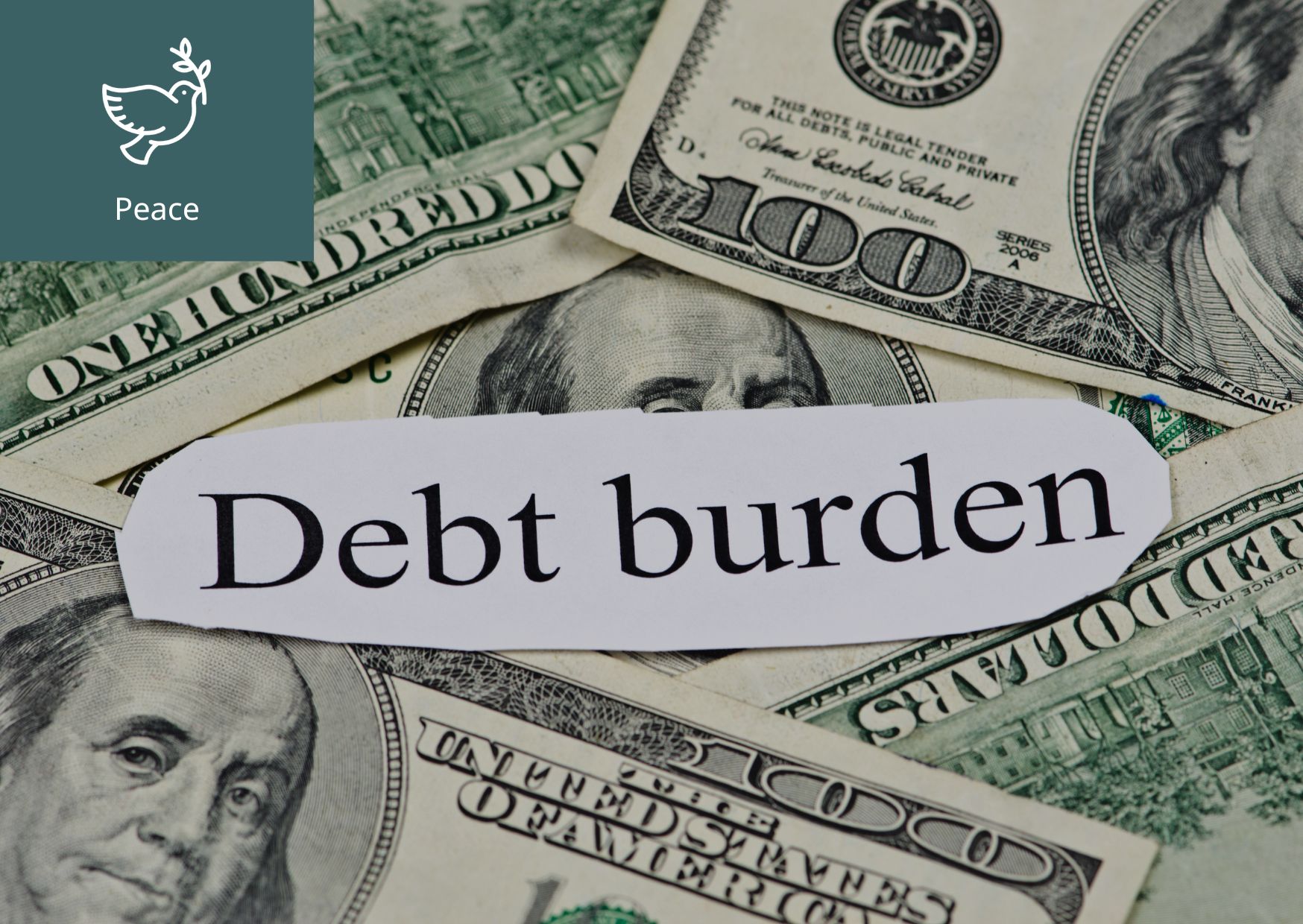 What is Debt Burden? 12 November 2025
What is Debt Burden? 12 November 2025 What Is the Global North–South Divide? 26 August 2025
What Is the Global North–South Divide? 26 August 2025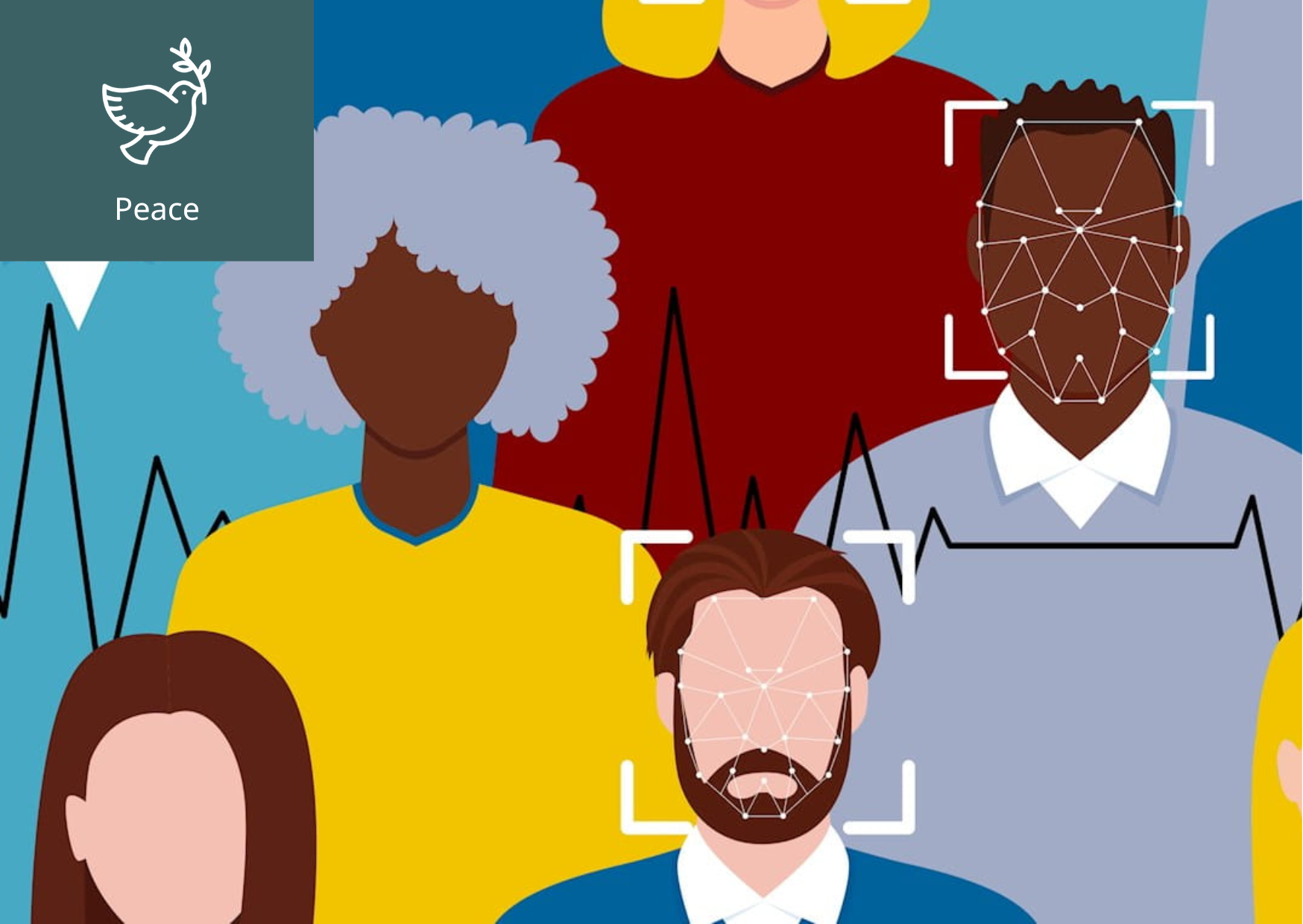 What is AI Inequality? 4 August 2025
What is AI Inequality? 4 August 2025 What is AI for Good? 15 July 2025
What is AI for Good? 15 July 2025 What is Nonviolent Communication? 7 April 2025
What is Nonviolent Communication? 7 April 2025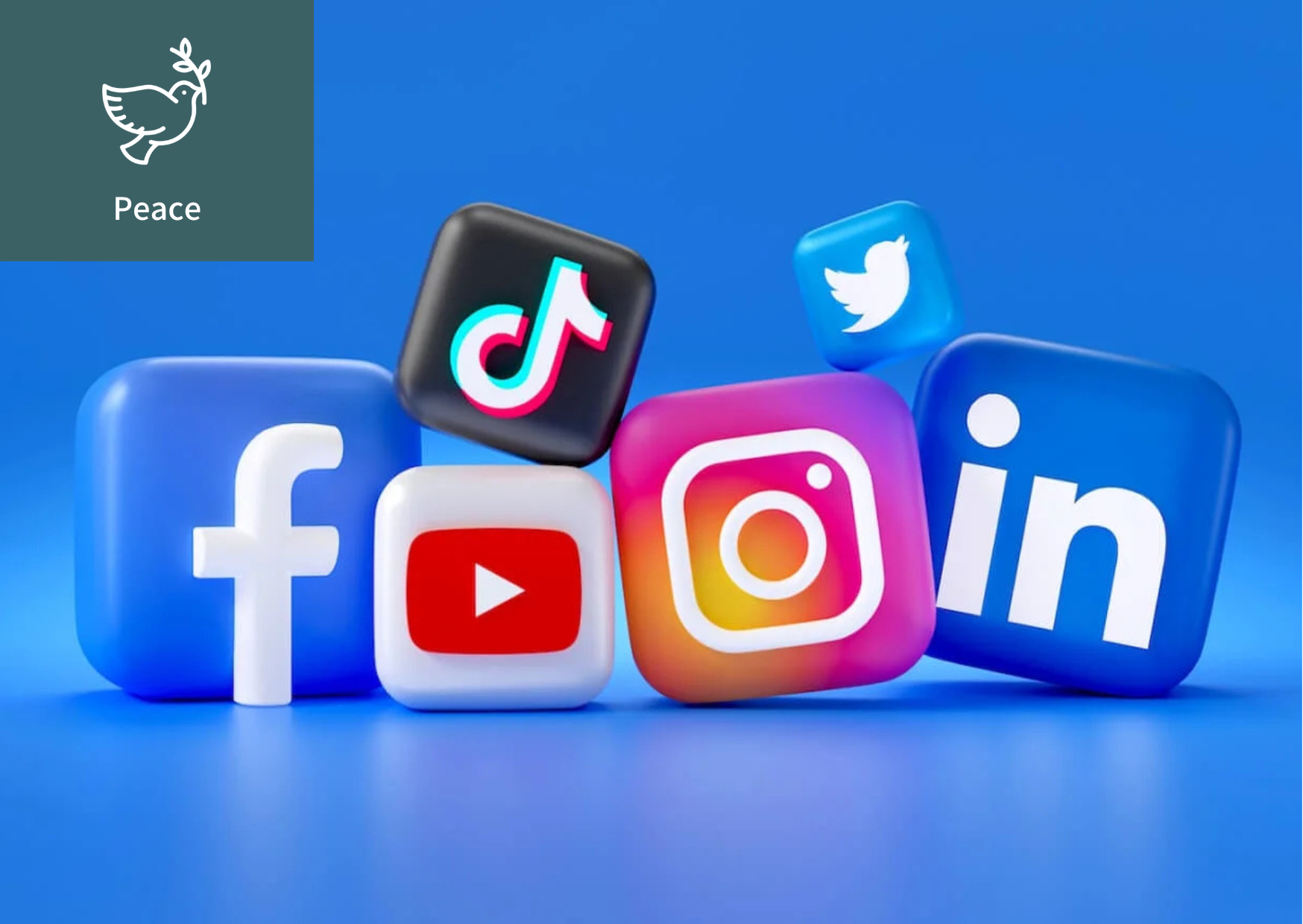 What is Digital Activism? 24 March 2025
What is Digital Activism? 24 March 2025 What is Body positivity? 10 February 2025
What is Body positivity? 10 February 2025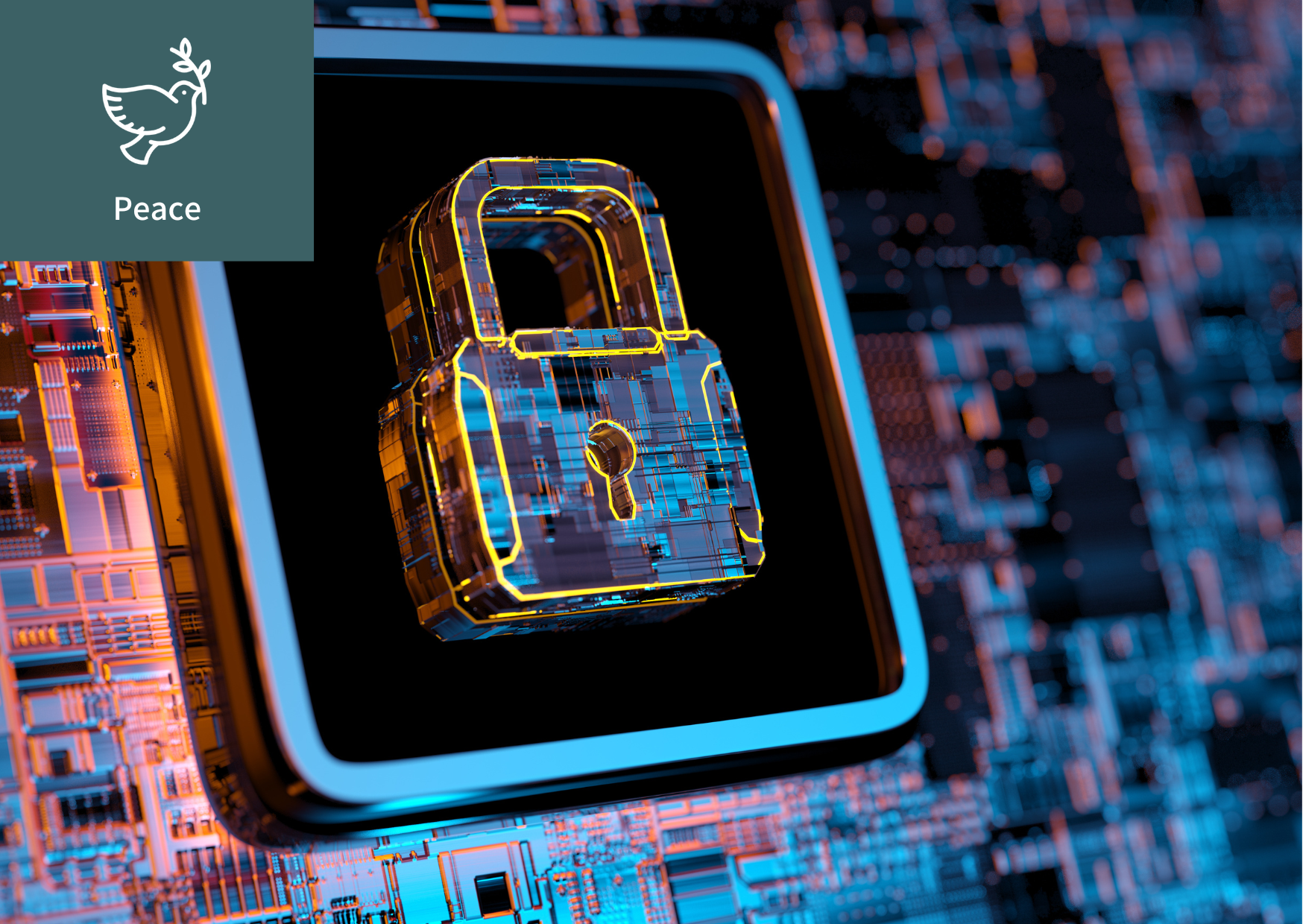 What is Digital Privacy? 13 January 2025
What is Digital Privacy? 13 January 2025 What is Health Inequality? 9 December 2024
What is Health Inequality? 9 December 2024 What is Xenophobia? 25 November 2024
What is Xenophobia? 25 November 2024 What is the Wealth Tax? 19 September 2024
What is the Wealth Tax? 19 September 2024